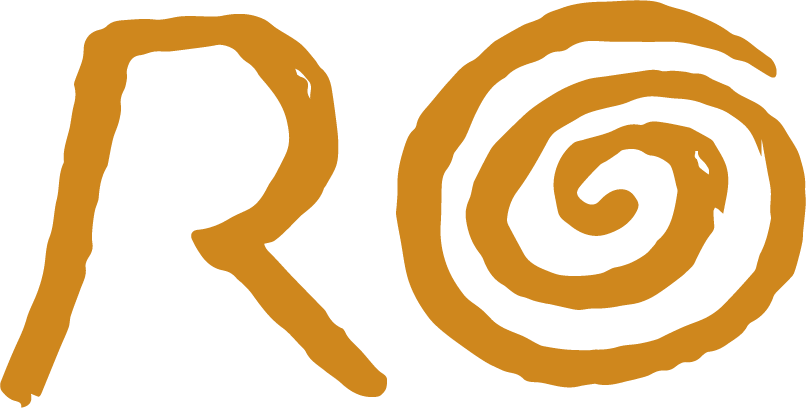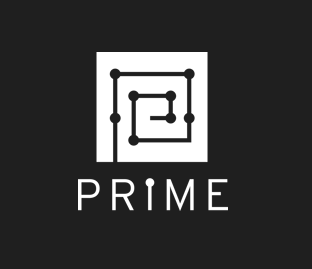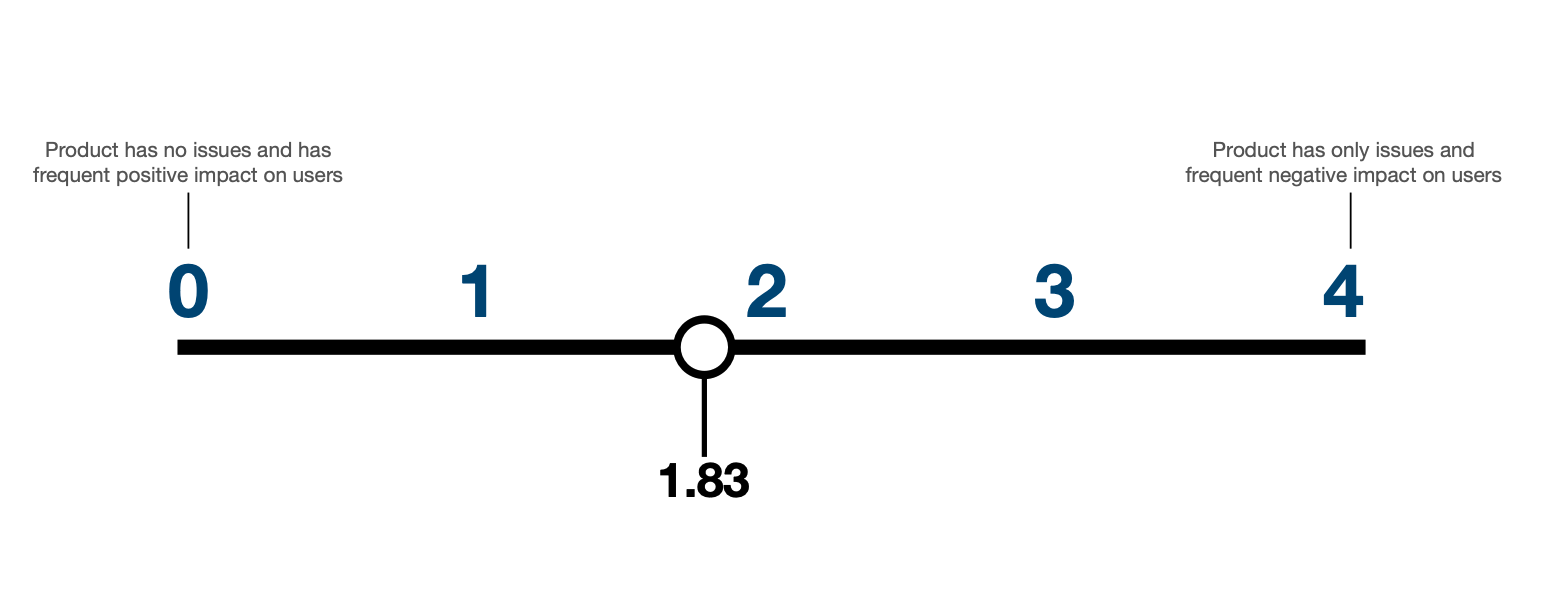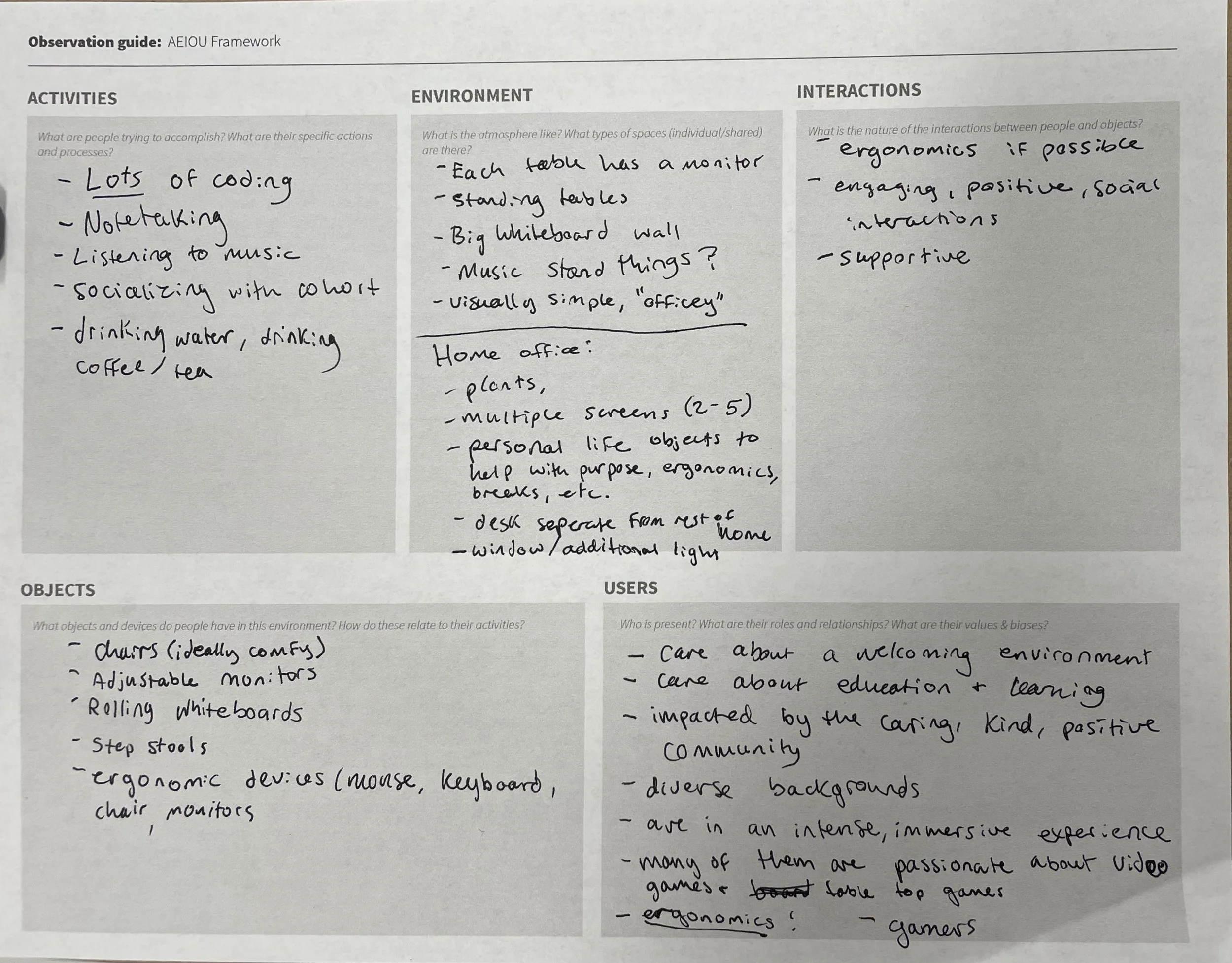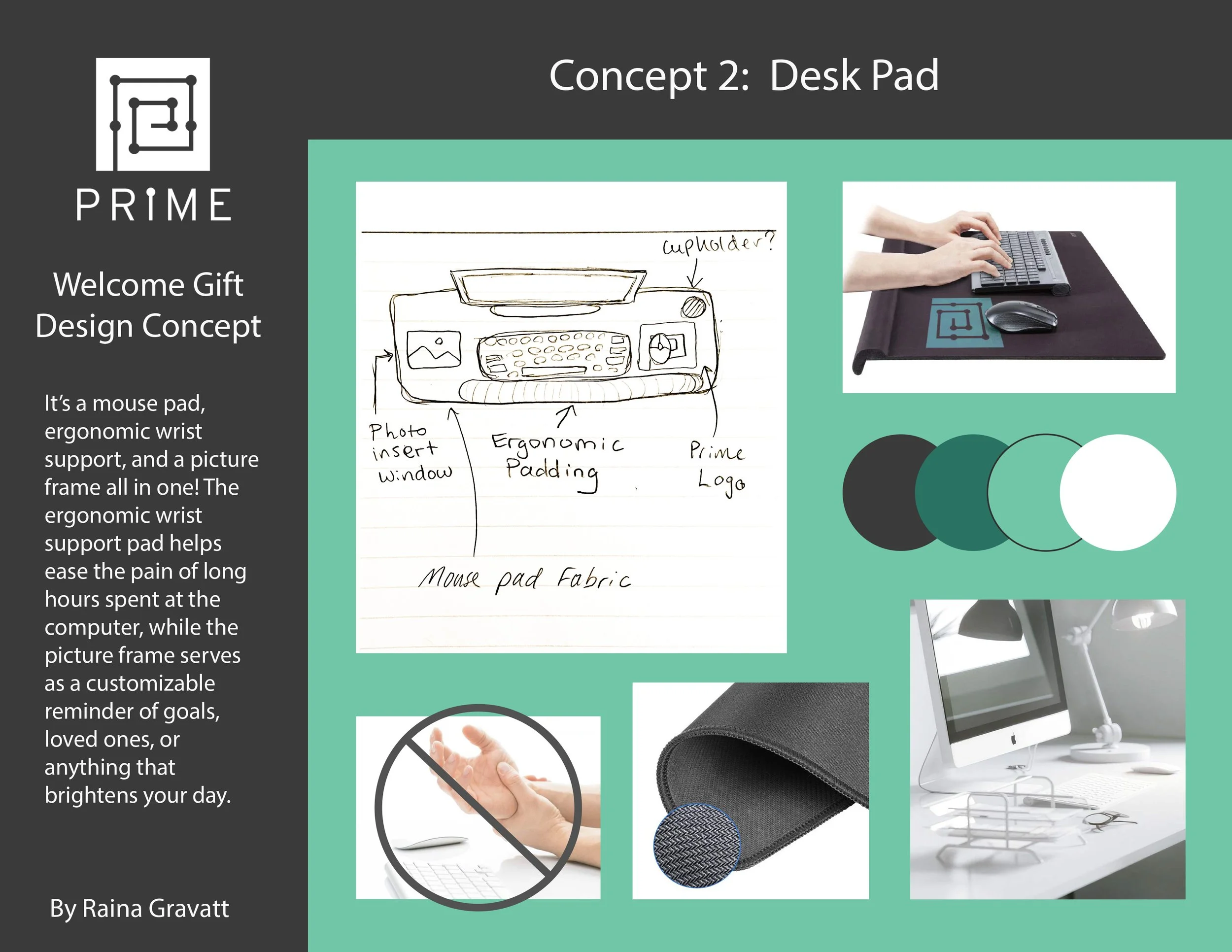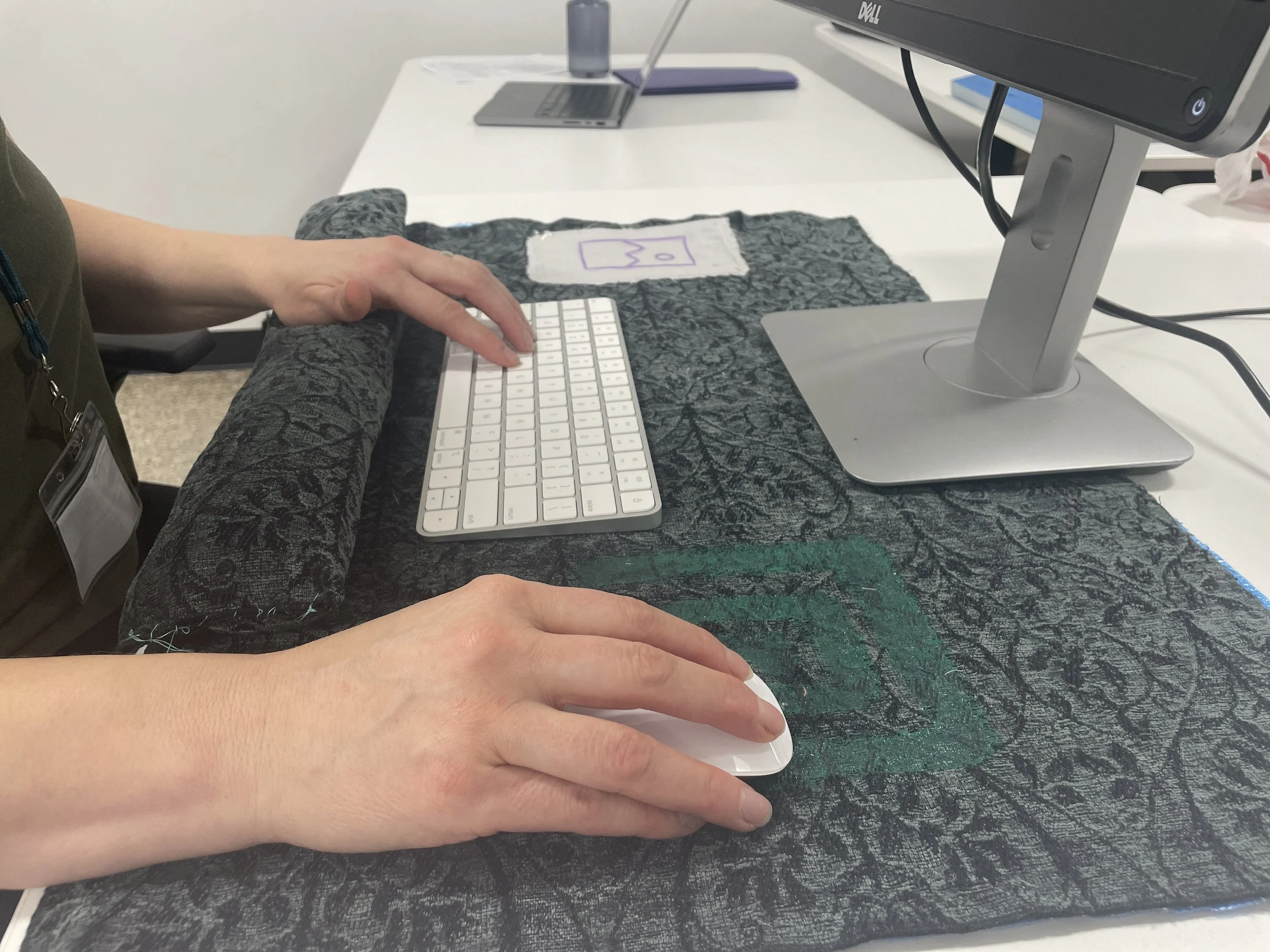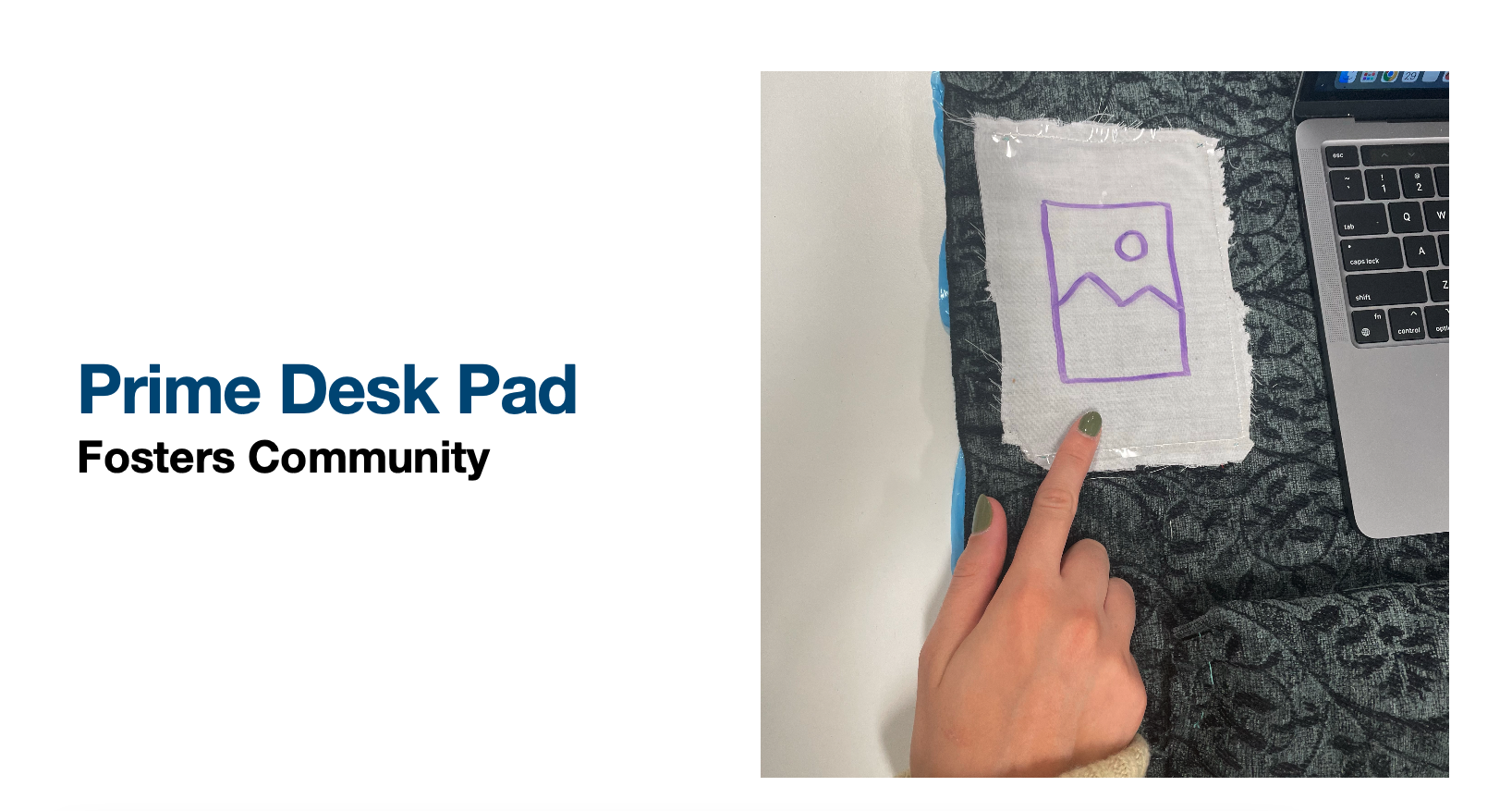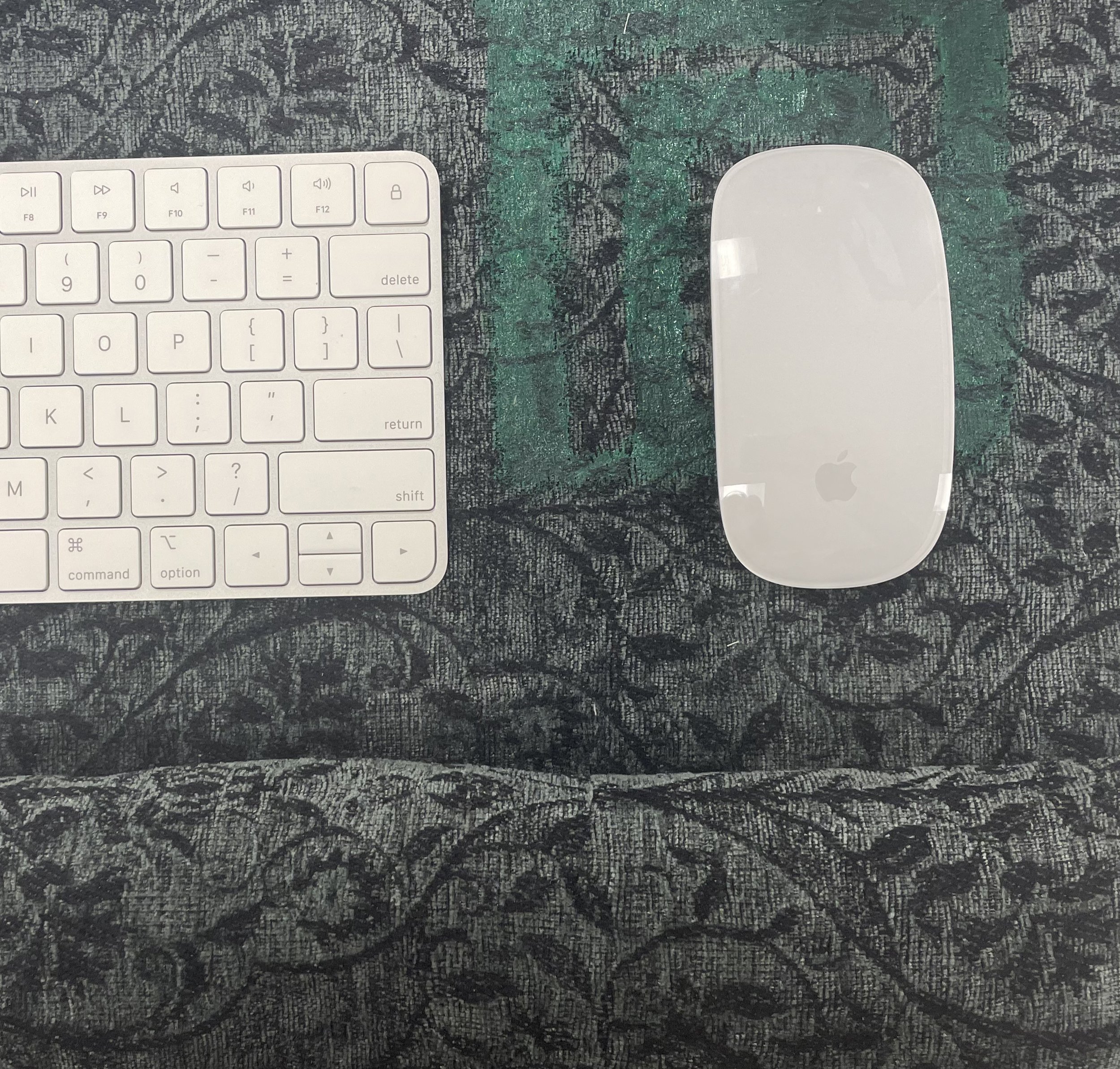Prime Desk Pad
Designing and prototyping a (physical) welcome gift for the Prime Full Stack Development students
My role: current gift evaluation, ethnographic research, sketching concepts, physical prototyping, new gift evaluative research, client presentation
Tools:
Keynote
Adobe Illustrator
Adobe Photoshop
Slack
Methods:
Ethnographic research (Marginal)
Heuristic Analysis
Physical Model Prototyping
Desirability Testing
The Problem
Prime Digital Academy needed a new welcome gift for their Full Stack Engineering students. The previous gift was a water bottle, but it proved to be neither meaningful nor useful to the students.
The Solution
Ethnographic research provided insights about the Full Stack students that informed the design process of a new welcome gift – an ergonomic desk pad with a photo pocket. Desirability testing of the low-fidelity prototype proved it to be a likable and useful potential replacement.
What I Learned
The process of approaching a UX problem is a bit different when solving for a physical solution, however many of the same methods can be applied with careful alteration. Making a physical prototype is a challenging, yet fun way to gain insights about the design and user group.
The Client
Prime Digital Academy is an in-person and online educator located in downtown Minneapolis that offers two intensive fast-track programs: Full Stack Engineering and UX Design. Prime provides immersive learning opportunities and a holistic education that gives students all the tools they need for a successful and fulfilling career.
The Process
Assessing the Problem
Welcome to Prime! Here’s a pretty mid water bottle.
Prime Academy needed a new welcome gift for their Full Stack students. The previous gift, a water bottle, proved to be useless and meaningless to the students. Using Jakob Nielson’s 10 usability heuristics, I conducted an analysis of the water bottle to get an idea of what we were working with. Turns out it's an okay water bottle, but not a great gift, as most students already have water bottles and don’t want to replace them with mid-functioning generic ones.
View the full heuristic analysis report here.
Full Stack Students
Who are they?
I spent some time in their classroom. Whiteboard walls surrounded groups of desks clustered together, and each one had an adjustable monitor. I watched videos of students giving tours of their at-home desk setups in previous cohorts during COVID. They repeatedly mentioned ways in which they attempted to make their workspaces more ergonomic and personal, since they spend upwards of 60 hours per week at their desks for most of the program.
AEIOU Observation Guide PDF available for download here.
My observational research about the students gave me these key takeaways.
Prime Full Stack students:
Spend most of their time at their desks
Care about ergonomics
Like to personalize their space
Love the Prime community
Coming up with something
New and Better
Understanding the wants and needs of the students helped me brainstorm gift concepts that would not only welcome the students, but also provide them lasting value through the entire program and beyond.
I came up with three concepts that could work. I asked some UX designers in my network to vote on which one they thought best met the needs of the users, and 14 out of 15 voted for the Prime Desk Pad concept.
Design concept downloadable PDF here.
This concept meets the students’ needs by:
Being a useful desk item that students might not already have
Providing ergonomic support
Allowing students to customize it
Sparking connection through personalization
Although this was not originally my first design choice, having outside perspectives helped me see that this was the best option to move forward with despite my preconceptions. I then moved confidently and curiously to the next step: making the physical prototype.
Research Goals
Modeling the physical prototype, I flexed some muscles I was not expecting to, and it guided me to consider some important questions about the design.
Should the wrist rest be attached to the pad or not?
Should the wrist rest lay in front of the mouse, or just the keyboard?
Is the photo pocket recognizable and can it be used as intended?
How can this product best serve the students?
User Meets Prototype
A Love Story
I drafted a plan to carry out desirability testing with the students (you can view and download the evaluation plan here.) I had the opportunity to meet with two students in person at Prime Academy, and one virtually. The tests were conducted over the course of 15 minutes and followed a strict guide which helped keep the research as consistent as possible.
I wanted to get the students’ perspectives on the value of the desk pad and what could be added or changed to best support the student needs. I also wanted to see whether they recognized the photo pocket for its intended purpose, or what they imagined it could be for.
“This is really similar to what I was already thinking of [making]”
“I definitely need an armrest. I think that would help a lot”
What I found was:
Positive:
3/3 said the desk pad had an overall positive effect on the space
3/3 said the desk pad improves comfort
3/3 said the wrist pad should remain mobile
Constructive:
0/3 knew the pocket was intended for personal photos
2/3 thought the photo pocket could be used for dry erase
2/3 thought the wrist pad should be shorter (just long enough for the keyboard)
Final Solution
Meeting the Users’ Goals
Proposed changes:
From my research I gathered that the concept behind the prototype was actually already very valuable to the students, but there were a couple of simple ways in which it could be improved. Upon receiving the desk pad, the photo pocket would contain a card that clearly illustrates that the pocket is for photos, and can potentially act as a white board (when the card/photo is flipped). Additionally, I would shorten the wrist rest so that it falls only in front of the keyboard.
How it Meets Needs:
It was clear from my findings that The Prime Desk Pad could be a welcome gift that is both meaningful and useful to the Full Stack students. The desk pad meets the users’ needs in the following ways:
Gives ergonomic support - The wrist pad helps cushion and support the wrists while typing to minimize pain from long hours spent at the desk. This aids productivity and prevents burnout.
Creates comfort - The desk pad provides a firm, but soft foundation for the mouse to move upon. Students used words like “cute” and “comfy” to describe the desk pad.
Fosters community and boosts morale - The photo pocket prompts students to keep a personal picture near their workplace. Alternatively, they can flip the photo and use the space as a white board. This way, students can learn more about each other or quickly collaborate on ideas.
Prime merch - As a bonus, the desk pad features a Prime logo, to remind students of the valuable community they are proud to be a part of.
Finally, I created a Keynote presentation that was both persuasive and backed by research, and I pitched this idea to Prime stakeholders.
See the full pitch deck here.
How I grew
Ingenuity - Sometimes having limited resources can be a useful way to harness ingenuity and come up with creative solutions that wouldn’t have otherwise existed. When I was creating my prototype, ideally, I would have used the material that mouse pads are traditionally made of (cloth/rubber), but instead I had to use a fabric that looked like it came from a couch. Surprisingly, two of the three user participants commented on how they liked the fabric, which made me consider using materials for the final product I would not have otherwise considered.
Open-mindedness - Along the same lines, had I not asked UX designers to vote on my best design, I might have ended up designing a coffee thermos instead, which would have been a much less creative and useful design.
Comfort zone - Designing a physical product for this project allowed me to look at UX design in a way that I never had before, and pushed me out of my comfort zone. However, it proved to be an experience that was engaging, intriguing, and rewarding.
